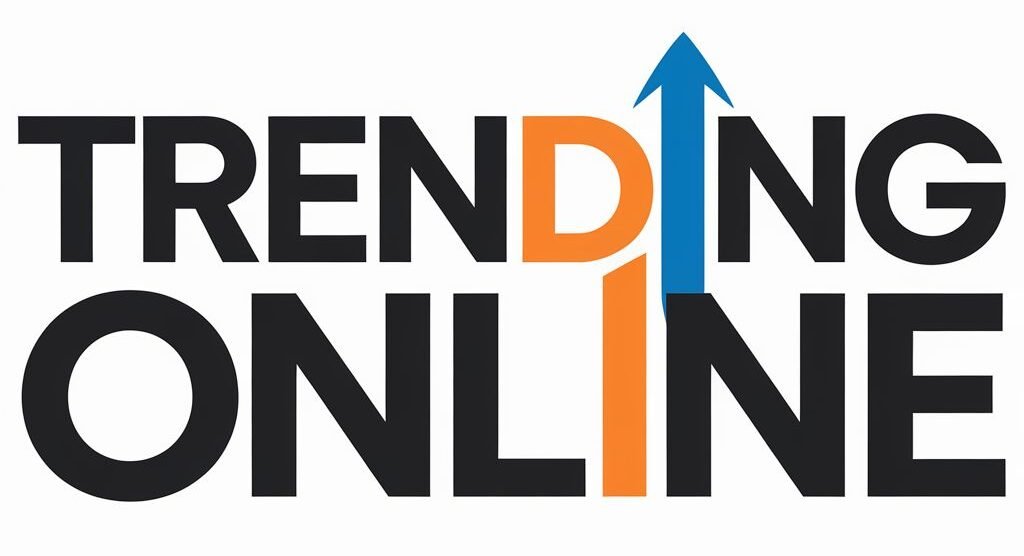How much water does your washing machine and 10-minute shower use?
Although the threat of Day Zero may feel like a distant memory, South Africa’s water crisis is far from over. With average daily consumption sitting at 218 litres per person, which is well above the global average, reducing household demand remains critical. One of the best ways to save water starts at home: by understanding how much water our everyday appliances consume.
Water use per appliance
Washing machines are one of the biggest culprits in residential water usage, accounting for a staggering 23% of household water consumption. Depending on the model, the difference in water use per cycle can be dramatic.
Beyond the laundry room, the following common appliances and activities show how quickly litres can add up:
Showering
Standard showers: 15 litres per minute
Electric showers: 6 litres per minute
A 10-minute standard shower can use 150 litres.
Bathing
A full bath uses around 80 litres
Toilets
Modern dual-flush: 4–6 litres per flush
Older models: Up to 13 litres
Leaking toilets can waste up to 400 litres per day
Dishwashers
New models: 14 litres per cycle
On eco mode: As little as 10 litres
Washing dishes by hand
Running tap: 9 litres per minute
Using a basin: 8 litres per wash
Car washes
Hosepipe: Up to 300 litres per wash
Bucket: 30 litres
Statistics
According to a 2024 GCIS report on water and sanitation, South Africa is ranked among the 30 most water-scarce countries globally. South Africa sees an average daily water usage of 218 litres per person, far above the international benchmark of 173 litres.
For those serious about conservation, one can do a simple water meter test: compare readings before and after using a specific appliance. To do this successfully, ensure that no other water use is in between.
You can also try tweaking your daily routines. Small changes, like switching appliances and fixing leaks, can result in significant savings.
IOL

